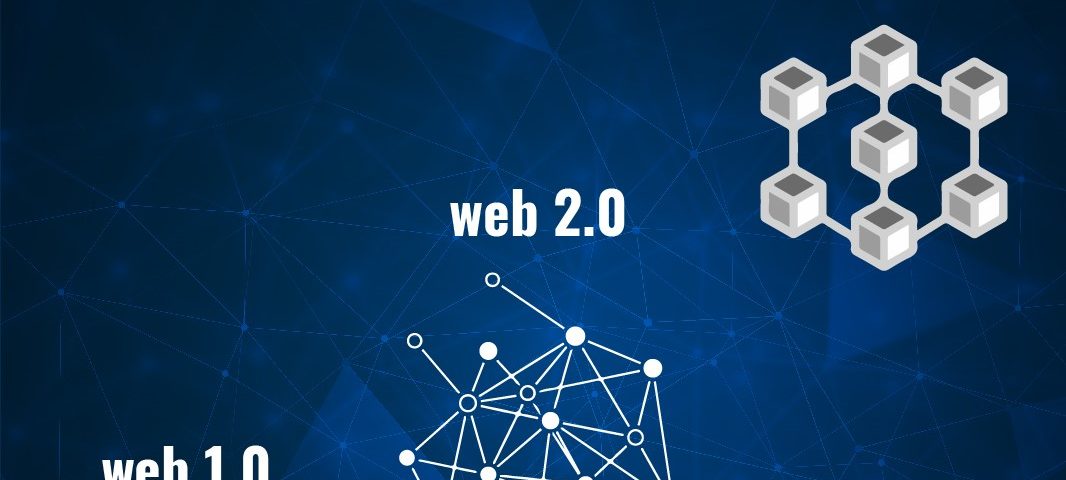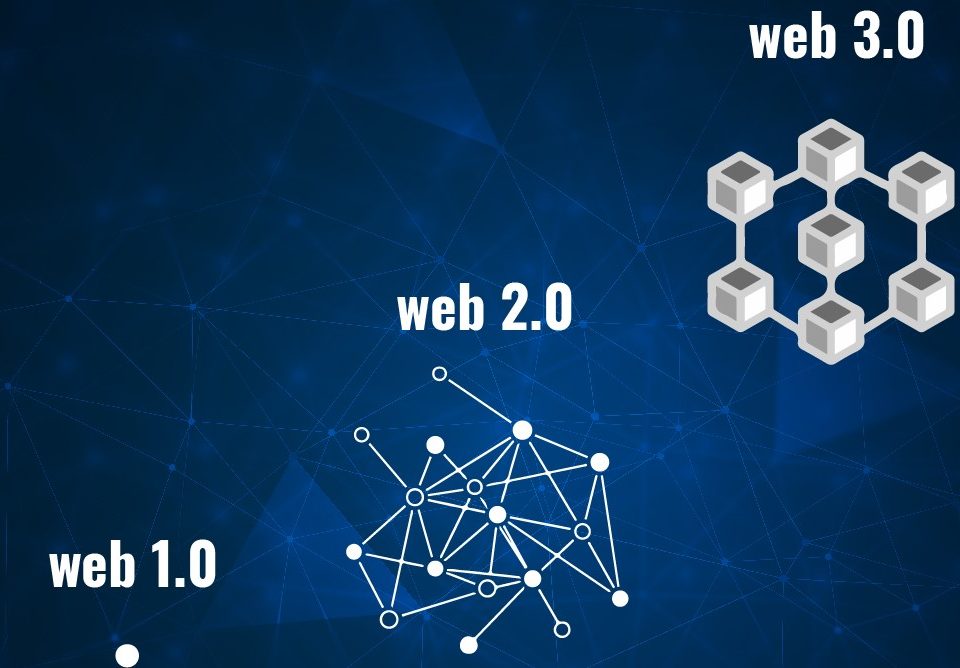
Best Logo Designing Company in Junagadh
22nd February 2022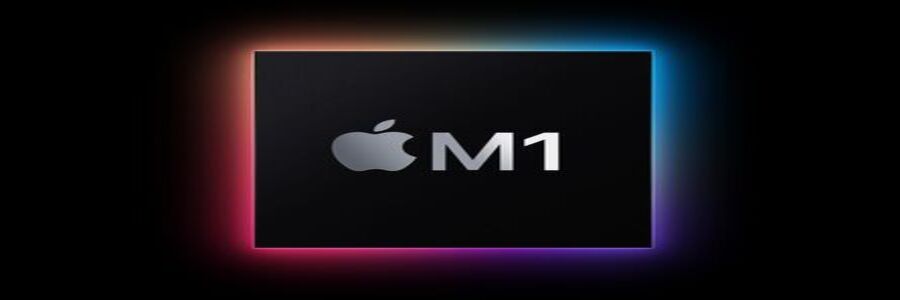
Apple M1 Chip
11th March 2022.“What is web 3.0?” is a query that is sweeping the search engines and social media discussions. Many of us are wondering why it is taking over the internet world and why it is touted as the next internet revolution.
Now, if you are one of those who want to know more about web 3.0, I’m happy to help you out. Here’s an earnest attempt to clarify your queries on web 3.0 (internet 3.0 or web 3 or web3).
Without much ado, let me dive straight into this new sensation which is the future of the internet.
What is web 3.0?
Before getting into web 3.0 definitions (both the formal and informal ones), let me elucidate some basic information revolving around it.
- Web 3.0 is a concept that falls under the umbrella of the internet.
- It has two predecessors: web 1 and web 2 (you will know more about it as you read further down).
- Web 3.0 is the third generation or iteration of the internet. It is an advanced and evolved form of web 1 and web 2.
- Decentralization is the core aspect of web 3.0, and hence it is also known as the decentralized web.
Web 3.0 Definition, Meaning & More
Web 3.0 is a new type of internet that will emphasize a machine-based understanding of data to deliver a data-driven and Semantic Web (another word for web 3.0). It will be powered by distributed ledger technology, like blockchains. Convergence of data control on the users’ hands is its main motive, unlike its predecessors where the power went to consolidated entities.
Web 3.0, in simple terms, is a decentralized form of the Internet where people enjoy control over their data. The internet will be more transparent with a colossal amount of content that is accessible to all users. The improved user-specific nature of web 3 will guarantee data security and privacy.
Personalized user experience becomes a reality as the internet interconnects data in a decentralized way. This new version of the internet will comprehend everything you convey. It can understand your text, voice, or other media content and will deliver it in a super-tailored style.
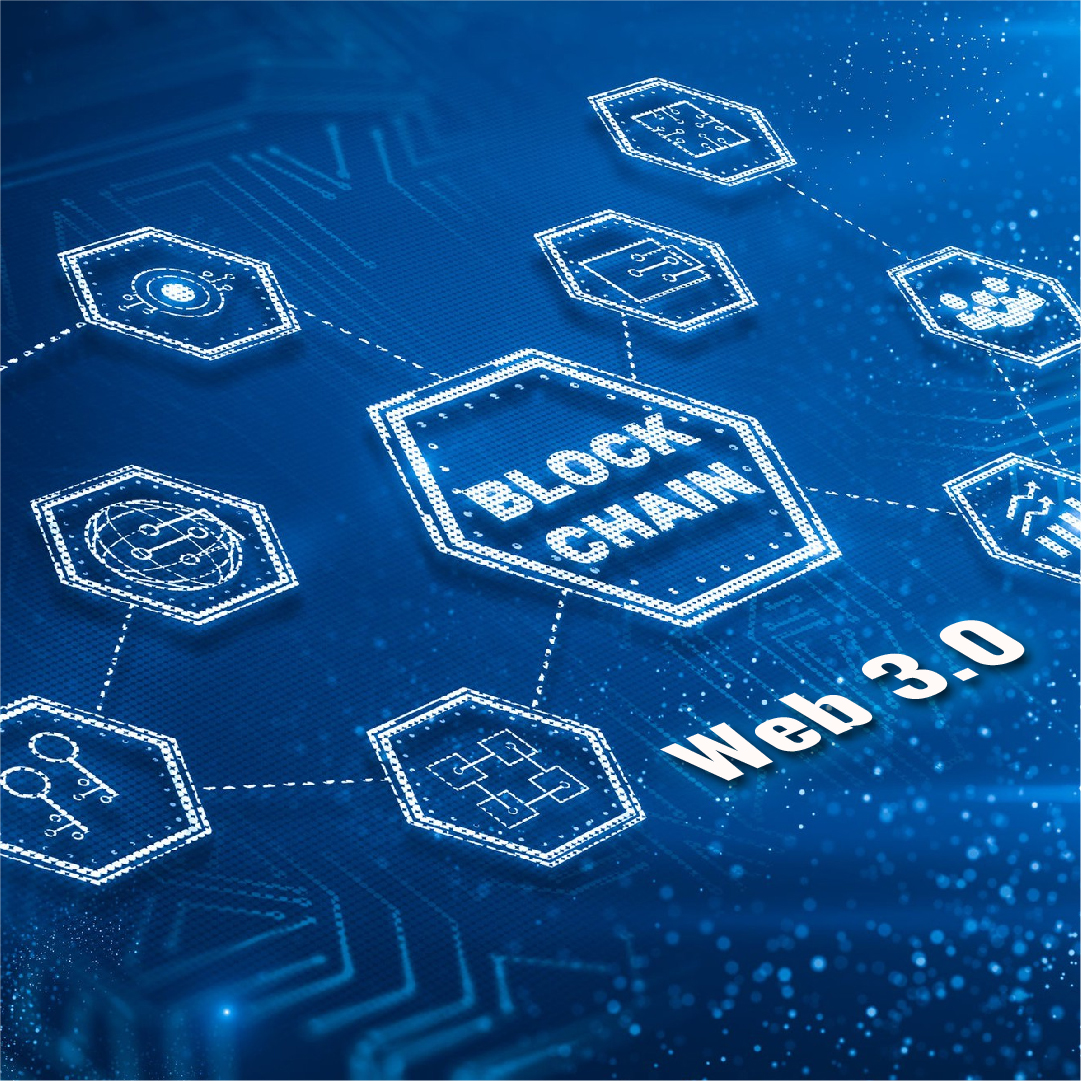
You will have a seamless internet experience as you can ditch having a separate account for all social platforms. You can move between platforms, browse for information, or even shop with a single account.
Artificial Intelligence (AI), machine learning, and the semantic web are its core components. Blockchain security systems will ensure the safety and security of the information.
The origin of Web 3.0
The New York Times reporter John Markoff coined the term ‘web 3.0’ in 2006. It was used to refer to the third generation of Internet-based services that together cover the presumed ‘intelligent web’ devoid of any central controlling nodes.

World Wide Web inventor Tim Berners-Lee referred to web 3.0 as Semantic Web and he later described it as a component of web 3.0. The current connotation of web 3 is a return to this original semantic web concept which referred to a machine-readable web of data.
Many experts argue that real web 3.0 is not yet executed. But the fact is that web 3.0 is already impacting technology as is seen from wireless network-enabled smart home appliances and the Internet of Things (IoT). The creation of intelligent, connected, and open websites are the goal of this web 3 and these technologies are already showing it.
Awareness about and need for web 3 became more prevalent during the end of 2012. Technology giants who controlled data and enjoyed the fruits of web 2.0 such as Google, Facebook, Microsoft, and Amazon started to fall from the public’s favor list due to data management allegations. When Frances Haugen, a data designer, and scientist, blew the whistle on Facebook’s misconduct, the discontent with the ongoing internet edition intensified and an increased consciousness about web 3.0 emerged.
The Evolution of Web 3.0
Web 1.0 and web 2.0 are the eras preceding the World Wide Web form of web 3.0. Among these web 2.0 and web 3.0 receive utmost importance as these two might be existing concurrently.
Here is a quick look at the different internet editions:
Web 1.0 (1989 to 2005) – Internet users were mostly content consumers of static web pages, while content creation remained at a minimum level. The available content or information was largely jumbled and difficult to navigate. It can be crisply stated as the read-only era, where users could participate in the internet only by reading static web pages.
Web 2.0 (2006 to current day) – Evolution of web as a platform where more than 3 billion people are spending 80% of their working hours each day.
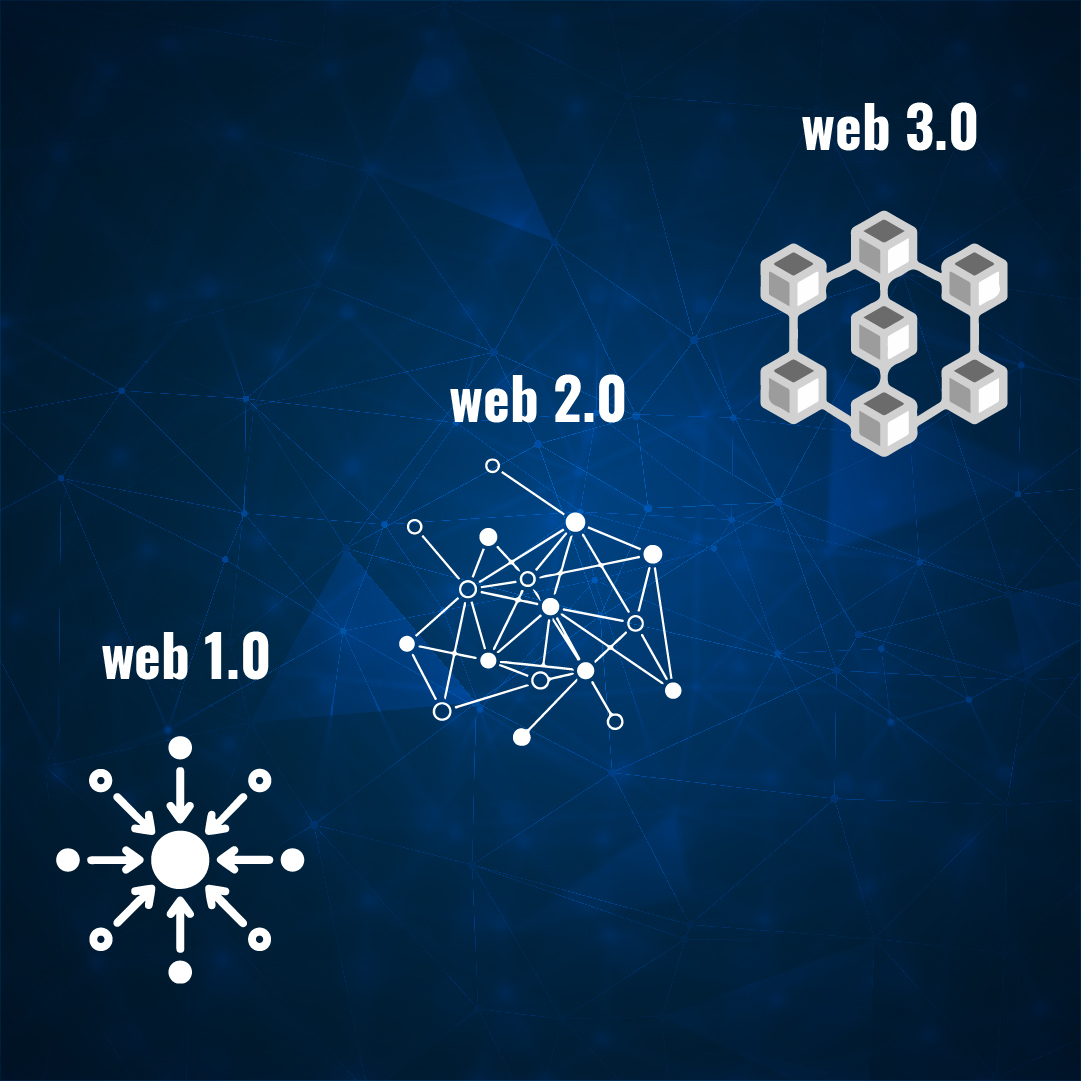
It is marked with a proliferation of user-created content in social media and networking services, blogs, wikis, etc. More and more software applications were built upon the web rather than the desktop. The core layers of web 2.0 are mobile, social, and cloud.
Web 3.0 (the future): Web 3.0 is all about going back to decentralization by putting the power back into the hands of the public. Content creators are expected to recapture power from the internet behemoths. A few companies cannot have their clutches on data. It will be built on blockchain and aims to eradicate all big intermediaries. It will be marked by the stark absence of centralized governing bodies or repositories.
Web 2.0 and web 3.0. A Closer Look.
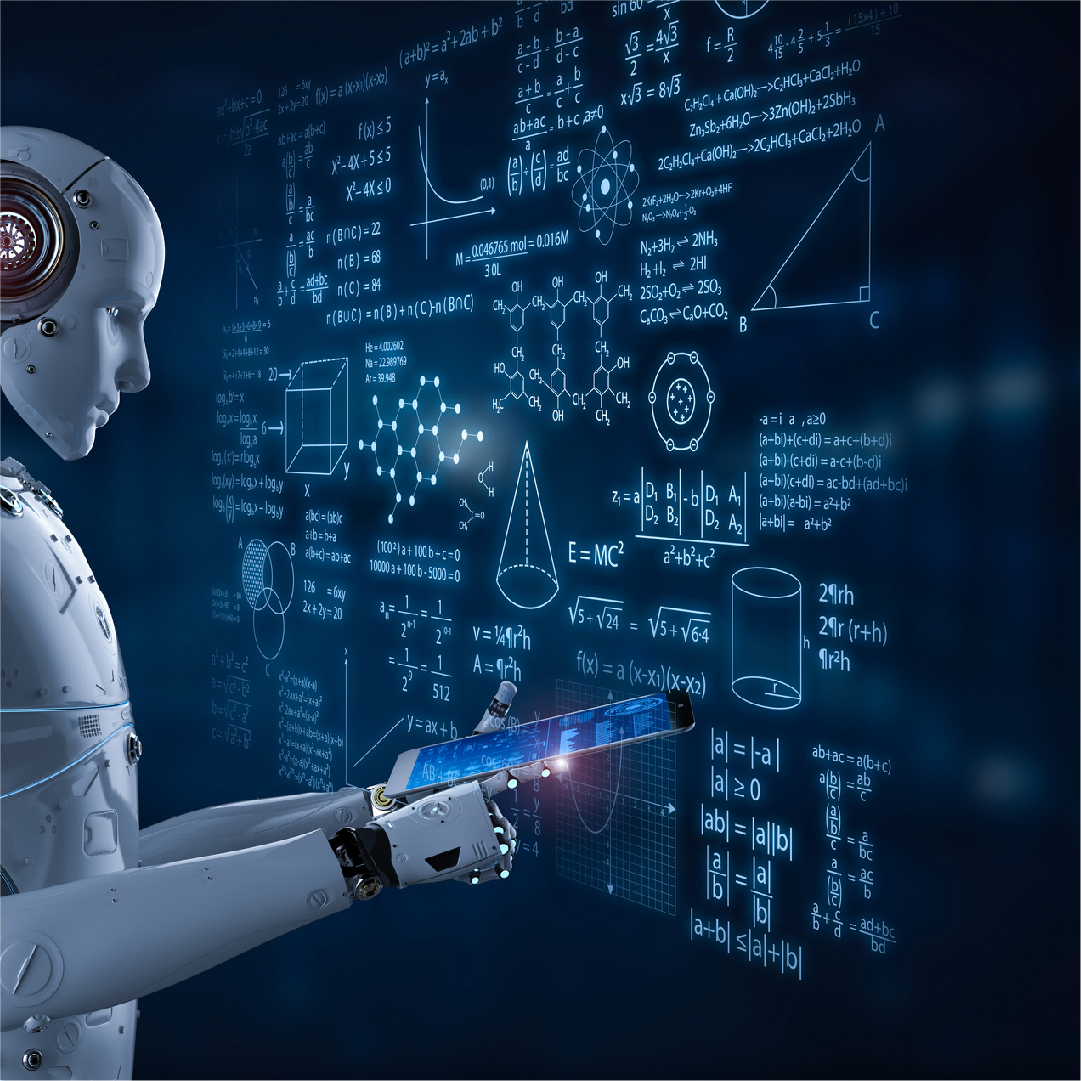
The emergence of web 2.0 brought about ample order into the chaos of content that existed on web 1.0. It organized the information and presented them in an easily discoverable form. Proper ranking of search results and simpler exchange of information over the internet became a prime activity.
All these gradually resulted in the accumulation of power into the hands of a few large corporations. The business model of web 2.0 revolves around user participation to create fresh content and profile data to be sold to third parties for marketing reasons.
Data will be a shared resource on the internet 3.0 era. Websites will collect the information users convey, process it intelligently, and present it to different users as tailor-made content. The customization of the same content to different users ensures that data is a collective resource rather than a monopoly of the few.
The main highlights of web 2.0 are user interactivity, social connectivity, user-generated content, and collaboration. While web 3.0 is more fixated on the use of technologies like machine learning and AI to provide tailor-made and intelligent content. While users contributed and collaborated on content in web 2.0, semantic web and AI technologies will do this job in web 3.
Core Features of Web 3.0
The transition between web 2.0 and web 3.0 may take some time; at least a decade.
While there is as yet no standardized definition of Web 3.0, it does have a few defining features:
- Ubiquity
Ubiquity is another word for omnipresence or universality which will be a core layer of web 3.0. Embedded processing in daily objects through ubiquitous computing will allow smart intercommunication between devices. This IoT-like technology will make content accessible to multiple applications.
- Semantic Web
Semantics is the study of meaning in language or the meaning or interpretation of a word or sentence. The Semantic Web is a web of data that is intelligently organized and linked to help machines easily process and understand them. It is all about linking web content in a way that’s meaningful to machines rather than humans. So, in a Semantic Web, a website will grasp search queries just as a human does and will generate and share better intelligent content.
- Artificial Intelligence
Though web 2.0 has brought forth intelligent apps and machines that can interpret the meaning of data, they were mostly human-based. This has led to the widespread existence of fake reviews, biased ratings, etc. Web 3.0 will have Artificial Intelligence (AI) seamlessly fitted into the internet to generate more reliable and unbiased data.
- 3D Graphics
3D graphics will have a predominant place on the internet 3. 3D imagery makes websites more winning and immersive. Museum guides, computer games, ecommerce, geospatial contexts, etc. can be the greatest benefactors.


